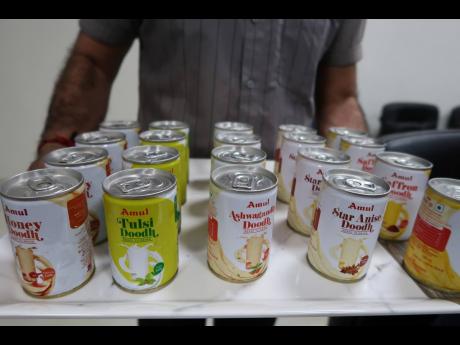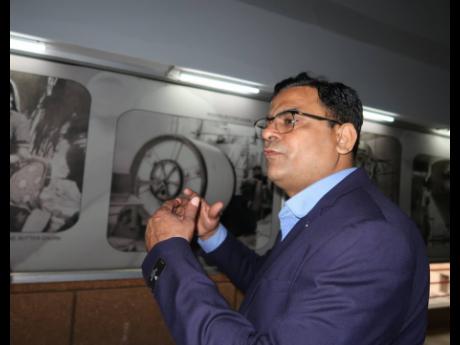Amul – India’s milk cooperative success story
Anand Milk Union Limited (Amul), a milk product co-operative dairy company based in the western Indian state of Gujarat, is one of the biggest success stories of India.
For years, many poor farmers struggled during off-seasons as their income from milk-producing buffaloes was undependable. Manager at Amul, Deepak Sharma, explained that decades ago, the milk marketing system was controlled by contractors and middlemen.
As milk is perishable, farmers were compelled to sell their milk for whatever they were offered, though middlemen sold it for huge profits. The farmers knew it was unfair, and it became more noticeable when the Government of Bombay started the Bombay Milk Scheme in 1945.
Sharma explained that the arrangement was satisfactory to all concerned, except the farmers. The farmers approached Sardar Vallabhbhai Patel, independent India’s first deputy prime minister, who had advocated for a farmers’ co-operative from as early as 1942.
They again made a request, but their demand to set up a co-operative of their own was rejected by the government. The farmers called a milk strike, which lasted 15 days, with not a drop of milk being sold to the milk merchants.
Only then did the milk commissioner of Bombay accept the farmers’ demand. Founded in 1946, the Kaira District Co-operative Milk Producers Union Limited began with just two village dairy societies and 247 litres of milk. Today, it is better known as Amul Dairy.
PRICELESS
The name ‘Amul’ was derived from the ancient Indian language Sanskrit word Amulya, which means ‘priceless’. The 75-year-old co-operative is owned by 3.6 million milk producers and in each village, there are around 200 milk producers, who are mainly women.
Many praises are offered to the ‘Milk Man of India’, Dr Verghese Kurien, who was entrusted with the task of running the dairy from 1950 and dedicated his life to India’s dairy sector.
Today, India is the world’s largest milk producer, with 22 per cent of global production, followed by the United States of America, China, Pakistan and Brazil.
Kurien also chaired the National Dairy Development Board, which was set up with the basic objective of replicating the Amul model across India, and was successfully replicated in 28 states.
“To become a member of Amul, you must possess at least one animal – a cow or buffalo – and you have to provide at least 700 litres of milk in a year,” Sharma said.
At the headquarters, Amul dispatches 200 tankers daily to collect an average of 3.2 million litres of milk, which is quality-tested before it is offloaded at the plant.
“Artificial insemination helps us to produce high-productivity bulls, which in turn improves the yield from animals. We also use embryo-transfer technology and started producing cattle feed in 1964, because the yield from an animal can be affected by nutrition,” the manager explained.
The co-operative has grown from strength to strength. Amul’s product range comprises milk, milk powder, health beverages, butter, cheese, ice cream, chocolates and Indian sweets, among other things.
Many of its 700 products are available in more than 50 countries, including the United States, Singapore, Japan, China and Australia.
“We have about 3.6 million farmers and we are growing at a rate of almost 10 per cent, while the world is growing at three to four per cent, in terms of milk production. The future of Amul is very bright, and now we are looking to diversify in other co-operative sectors, such as fruits and vegetables,” Sharma said.
Amul is a story of hope, empowerment and of how cooperation can transform the lives of thousands of people and create an entire movement.




